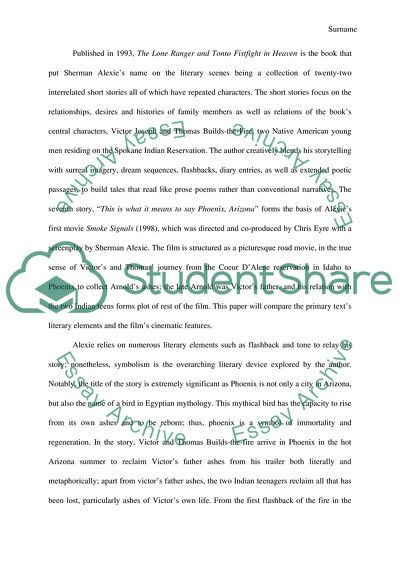Cite this document
(The Lone Ranger and Tonto Fistfight in Heaven vs Smoke Signals Assignment, n.d.)
The Lone Ranger and Tonto Fistfight in Heaven vs Smoke Signals Assignment. https://studentshare.org/literature/1836264-final-project
The Lone Ranger and Tonto Fistfight in Heaven vs Smoke Signals Assignment. https://studentshare.org/literature/1836264-final-project
(The Lone Ranger and Tonto Fistfight in Heaven Vs Smoke Signals Assignment)
The Lone Ranger and Tonto Fistfight in Heaven Vs Smoke Signals Assignment. https://studentshare.org/literature/1836264-final-project.
The Lone Ranger and Tonto Fistfight in Heaven Vs Smoke Signals Assignment. https://studentshare.org/literature/1836264-final-project.
“The Lone Ranger and Tonto Fistfight in Heaven Vs Smoke Signals Assignment”. https://studentshare.org/literature/1836264-final-project.


